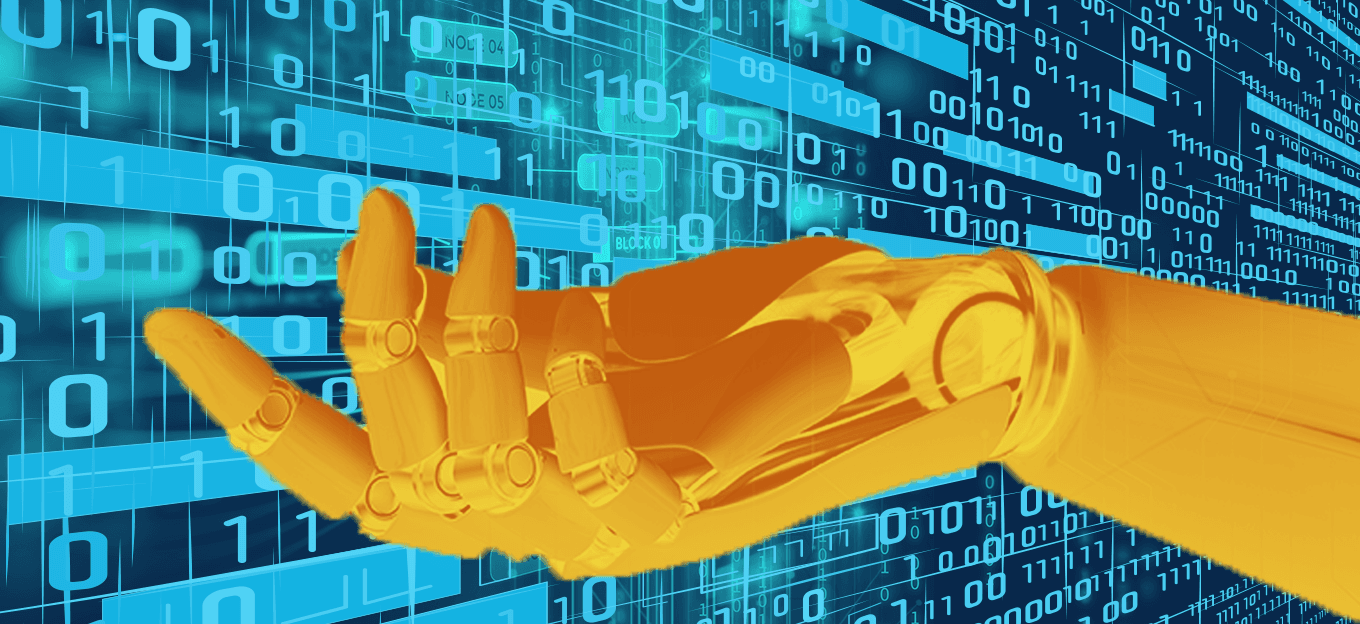How IoT and AI Can Benefit Water Utility Operators
How IoT and AI Can Benefit Water Utility Operators
- Last Updated: April 11, 2025
VROC
- Last Updated: April 11, 2025



Water utility operators around the world are under continuous pressure to operate efficiently, conserve water, reduce their environmental impact, and maintain a high level of supply and availability. The adoption of IoT sensors and artificial intelligence (AI) can help the water industry become more resilient and efficient. Many water utilities have started to implement technology such as IoT-connected sensors on pumps, valves, and meters, along with geographic information systems (GIS), supervisory control and data acquisition (SCADA), and advanced metering infrastructure (AMI). Each of these technologies helps to improve operations, and combined they produce a large volume of real-time data to which operators can apply artificial intelligence predictive modeling. Let's take a look at five benefits of IoT and AI.
'The adoption of IoT sensors and artificial intelligence (AI) can help the water industry become more resilient and efficient.' -VROC
Benefits of IoT & AI
#1: Demand Forecasting
Demand forecasting can be improved with AI, which continuously learns from historical and live data from the distribution network. The models uncover usage and supply trends and can utilize additional data sources such as weather or population movements to give a more accurate forecast. These forecasts can be used to balance demand and improve planning, including water sources, storage, treatment, and production from desalination plants.
#2: Predictive Corrosion
Water distribution owners and operators need to ensure corrosion is detected as early as possible to avoid leaks and supply issues. AI can be applied to the pipeline data to detect changes in conditions that otherwise would go undetected. By predicting corrosion early, operators can adjust settings and plan interventions. It is also possible that critical lessons can be uncovered as to the causes of corrosion which may bring about process improvement in the industry.
#3: Predictive Clogging
The accurate prediction of clogging can avoid water service disruptions and availability issues. Using data from across the whole water network, AI models can identify changes in conditions that are early indicators of clogging. With this information, operators can plan interventions, becoming proactive rather than reactive. AI can also unveil contributing factors and root causes for operators to make changes to systems.
#4: Predictive Leakage
As water pipes and other infrastructure age, they are more likely to develop leaks and other issues that can lead to water loss and inefficiency. By using IoT sensors to monitor water flow and pressure, utilities can detect potential issues before they become major problems and take steps to repair or replace aging infrastructure. AI can also be used to analyze data from these sensors and identify trends to help utilities predict when and where infrastructure is likely to fail.
#5: Predictive Maintenance & Optimization
Predictive maintenance models can be produced for critical pumps and valves to prevent unplanned downtime and minimize disruptions. AI can also be used to predict the performance of critical equipment, processes, and systems, as well as to optimize settings to reduce energy consumption.
Less Human Intervention
The use of IoT can help water utilities more effectively monitor their systems, with fewer human inspections. IoT has also resulted in the creation of valuable data that can be analyzed by AI. Understanding and predicting trends that lead to leaks can help operators to manage their infrastructure and ultimately lower maintenance costs, conserve water, and reduce the environmental impact.
The Most Comprehensive IoT Newsletter for Enterprises
Showcasing the highest-quality content, resources, news, and insights from the world of the Internet of Things. Subscribe to remain informed and up-to-date.
New Podcast Episode

Moving Past the Pilot Phase in IoT and AI
Related Articles





